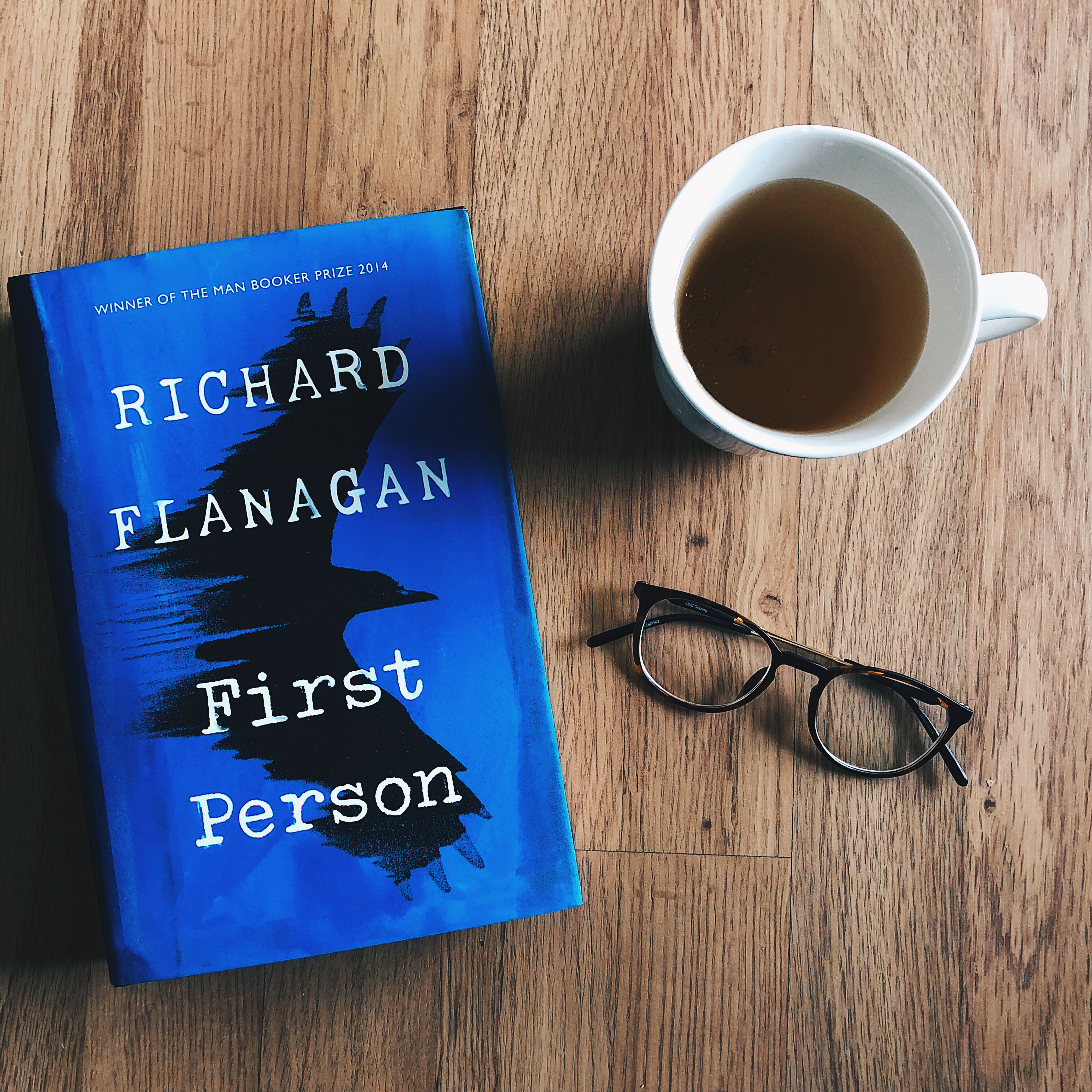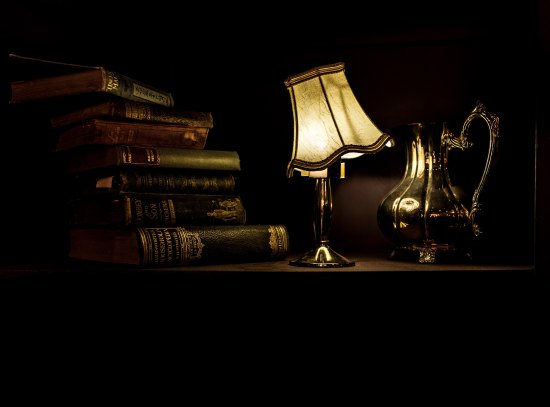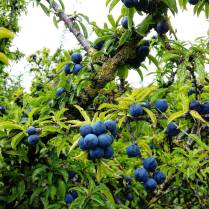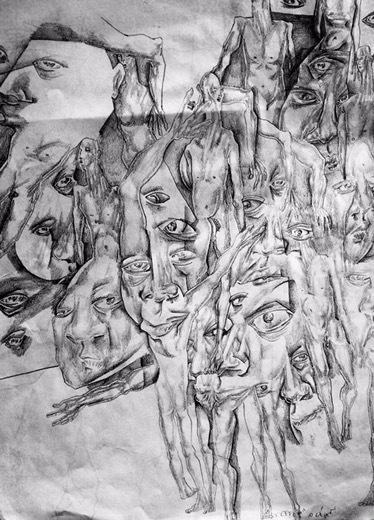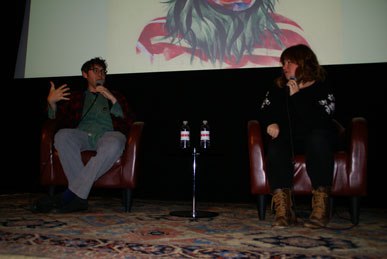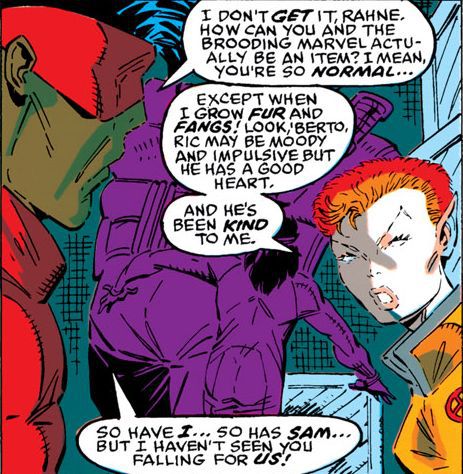Download links for: The Complete Photo Guide to Knitting, 2nd Edition: *All You Need to Know to Knit *The Essential Reference for Novice and Expert Knitters *Packed with Hundreds of Crafty Tips and Ideas *Step-by-Step Instructions and Photos for 200 Stitch Patterns


Reviews (see all)
Write review
Easy to read and understand, provides a vast number of stitch patterns for inspiration.
Clear directions and many different patterns to take you from novice to experienced
Really good resource for learning a lot of different stitch patterns.
Other books by Nonfiction
Other books by Margaret Hubert
Related articles


